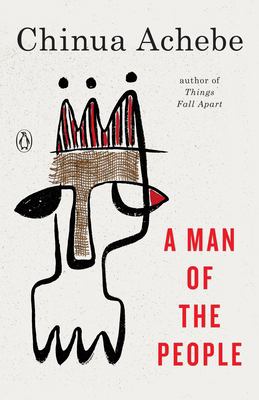Speaking of Pride and Prejudice clothes (back in June), I had this absolutely wonderful Easter dress one year, made by Mommy, of course. My Pride and Prejudice dress. Empire waist, puff sleeves, a bit of sheer lace where Lydia certainly wouldn’t have had any, and a beautiful light-weight white fabric with soft pink roses on it.
It was one of those dresses that hardly fit when it was made. - This was not Mommy’s fault. 1) Pattern envelope size guide measurements never seem to produce what they suggest; at 15 and about five and a half feet tall, the envelope said I was a girls size 7; and 2) My size fluctuates like an Irishman’s temper. But it fit well-enough and I wore it for Easter that year with no problems.

I have two mottos – well, at least had two mottos in high school. One, anything you can do, I can do in heels. And two, never sacrifice fashion for comfort. I was determined to get into that dress. And I did. Thank you very much ducky tape. The scars went away eventually.
Recently, scouring the closets at Hotel Mommy, I came across my beautiful Easter dress hanging in the back of the sewing room closet. - And by back, I mean back. That closet goes back about eight feet. I was super excited. “Hey Mommy! Do you think this will fit again?” Many of my high school clothes fit me again these days thanks to the gym.
Instead of my trying it on, we tried it on Munchkinhead, who was a good sport despite the dress having pink on it. I was both sad and delighted. It fit her perfectly. Well, except for the length, but that’s easy to fix. I was sad because the dress fitting her meant there was no way it would fit me. I was delighted because the dress fitting her meant the beautiful dress could be worn again! Of course, that’s only if Munchkinhead gets over not being able to lift her arms over her head. Ladies don’t need to do that; it’s not important.
Incidentally, we’re standing in almost exactly the same spot in the same room in our two pictures.







 I’ve read Chinua Achebe’s classic Things Fall Apart. I’ve even seen
I’ve read Chinua Achebe’s classic Things Fall Apart. I’ve even seen